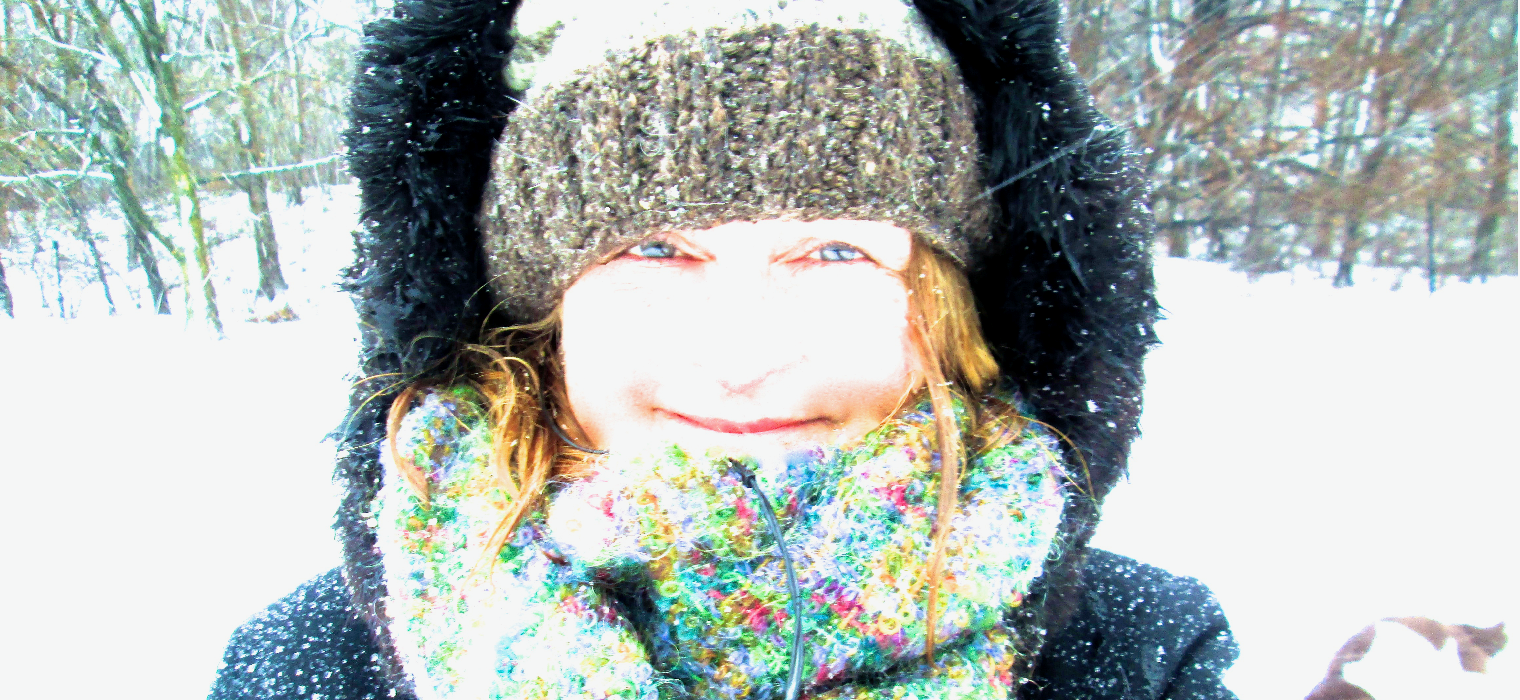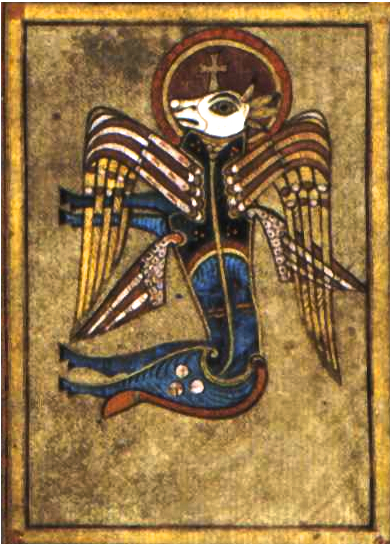
LIFE AS MYTH
![]()
JOURNAL
![]()
JOURNAL 2022
![]()
Moonbear museum
Art & artifacts
![]()
Winter, Spring, Summer and Autumn 2022 are currenty unavailable for public viewing.
![]()
LIFEWORKS
![]()
ATLAS
![]()

JOURNAL 2022
MOONBEAR MUSEUM
My very first memories are of my childhood home, Lamara Apartments, a duplex community in Savannah, Georgia. It is January, just after my sister was born. I am sitting on the concrete stoop and the green space just outside our duplex sparkles with snow. Just past my feet there is a tiny snowman that my mother made; its eyes are two small pieces of red cinnamon candy and they are slowly staining the snow a deep rose red. My mother leans out the back door and checks on me and then returns inside. A new sister and a miraculous Savannah snow, my toes and fingers aching with cold, a small snowman with stained cinnamon eyes. The first memories of home.
Flash forward many decades to another place, another time and another snow.
In the winter of 2014, I was living in the upper most reaches of Manhattan and it was to be my last New York winter. It snowed heavily, stirring that old childlike thrill as it thudded against coat, caught on eyelashes and hair, crunched beneath boots.
My big dog Sophie and I took long walks in the nearby nature preserve. Sometimes I let her off leash and she barreled forward, her nose buried in the powdery white, occasionally turning her head over her shoulder to feast on feathery flakes caught in her fur.
But, for all the snowy magic, something was missing -- a sense of roots, of safety and belonging maybe, a sense of home. This was not home as I knew it -- the one from my coastal Savannah childhood, all marsh mud and chiggery Spanish moss and salt sea air. Not like the one from my midland Georgia adulthood either, with a crookedy cottage on a crookedy creek, sandy flood plain alive with chipmunks and slippery black snakes, and a Great Blue Heron walking the creeks shoals on stilted legs looking for fish. Somewhere "home" waited for me and in the spring of 2014 I decided to leave New York and return to Georgia, the last place I remembered that felt like "home".
The return to Georgia has gone in very unexpected directions. It feels less like taking up where I left off and more like starting all over again. And if I thought moving back would mean fewer problems and cares. Well, wonder of wonders, the problems I had to manage in New York have followed me down the eastern seaboard and set up residence here as well.
Hmmm. Is it possible for any of us to find our way home again? The answer is no and yes. On the one hand, no, we can't return to the worlds of our childhood or our young adulthood or whatever familiar and comfortable "home" where we once resided. On the other hand, yes, we can. Or, to put it another way, -- yes, we can return home.
Home is knowing. Knowing your heart, knowing your mind, knowing your courage. If we know ourselves, we're always home, anywhere.
This homey quote is probably familiar to you if you have ever witnessed the exchange between Glinda the Good Witch and Dorothy at the conclusion of The Wizard of Oz.
Here's my own personal returning-to-Kansas-discovery. Somewhere in me still lives the child from the Savannah beaches and marsh, the mother and wife and artist of the North Georgia creeks and flood plains. I treasure those times but I remember them (I hope) with as little nostalgia as possible. The key has been to truthfully hold the reality of home, allowing for both its perfections and its flaws. Somewhere in that idea, there is a truth that is larger than "home". Somewhere in that idea of home, there is a key to how we hold our relationships, our work, our lives, about how we hold our very world in our hands.
You always had the power, my dear. You just had to learn it for yourself.
Glinda again to Dorothy.
I return again to home, my new-old home, and the place I dreamed about during a snowy winter in New York. In my neighborhood there are eight free-range chickens five doors down. From time to time their eggs are for sale on Facebook. One homeowner recently hired a herd of goats to clear thickets out of an ovegrown greenspace. There is another neighbor who has built a small dog house in their side yard for the exclusive use of a territorial possum (who never plays dead). At Christmas the entire area is a crazy display of over the top lights and inflatable decorations.
My little house remains a stenciled-half-painted-patched-up-work-in-progress but welcomed the first official family celebration a few years back. And just before that first crowded celebration began, in a neighborhood park, on a small wooden bridge near a stand of dancing water grasses, my son gave his fiancé her ring. My hands are reverently holding it all, a home brimming over with chickens, goats, stenciled floors, crazy holiday lights, possum houses and love on a bridge over water grasses.
. . . My particular edition of Pilgrim’s Progress was an abbreviated one and featured whimsical stick figure illustrations. The sole feature that distinguished Pilgrim from the rest of the company was a simple egg-shaped loop on the back, representing a “great burden.”
I thought about Pilgrim’s Progress throughout the winter of 2014, along with the great burden on my back, a burden I could not or would not abandon. I also thought about Pilgrim’s final companion, Hopeful, who did nothing to lighten Pilgrim’s burden on the way to the Celestial City. Rather, Hopeful simply made it possible to complete the journey.
A winter walk in the Shorakapok Preserve in Inwood Hill Park, Manhattan. Maintained by the New York City Parks Department, the preserve holds some of the only natural forest and salt marsh in Manhattan. There are numerous hiking trails, featuring caves formed by natural rock overhangs and once used by Native Americans.
STORY TELLING SEASONSamhain approaches. It's an ancient holiday, officially beginning at sunset on October 31.* Lasting three days, Samhain marks the end of the harvest and the beginning of the "dark half" of the year. According to Celtic mythology, it is a time of enchantment, a time when both mortal and immortal can pass back and forth between this world and the Otherworld. Like many of the Celtic holidays, Samhain aligns exactly with a Christian observance -- All Hallows Eve, All Saints Day, and All Souls Day (October 31- November 2).
Samhain marks the time of year when the ancient Celts began their storytelling cycles, gathered as a community around the winter fires. This cycle continued throughout the "dark half" of the year, until Beltane, May 1, when the warm weather and agricultural duties required full attention.
Recognizing the approach of the storytelling season, I have put together a narrative cycle of my own. This fall I am revisiting the Ten Oxherding pictures. What I particularly like about this series is how the path to enlightenment concludes by returning us to the world and the human experience. The series reflects precepts of Zen meditation, a Japanese tradition of Buddhism (Mahayana) that emphasizes a combined spiritual practice of meditation and intuition. In other words, in order to truly understand these images, we must reflect and intuit their meaning.
The writing that accompanies these illustrations incorporates ideas from this web site. In that way, this particularly telling of the Ten Oxherding pictures explores the idea of a living myth. And if you take time to reflect and intuit, you might discover more than the writing itself.
*Samhain celebrations traditionally coincide with All Hallow's Eve (Halloween, October 31). However, Samhain is a cross-quarter day, meaning the actual date lies at the midpoint between the autumn equinox and the winter solstice. Varying from year to year, in 2013/2017/2022 the date is November 7.
The four evangelists (detail, St. Luke as the ox). The Book of Kells. Trinity College, Dublin. ca. 800 AD.
This winged ox is the spiritual symbol of St. Luke. Luke was an apostle of Christ, a doctor and a writer (Gospel of Luke, Acts of the Apostles). Tradition also credits him with the creation of the first icon of Mary and Jesus. The Guild of Saint Luke, one of the earliest artists guilds, takes its name from this legend. Luke is the patron saint of artists and healers. His feast day is October 18.
Ox: ochse, German origin; also Dutch os, from the Sanskrit uksan, meaning bull; in Zen Buddhism, a symbol for enlightenment.


